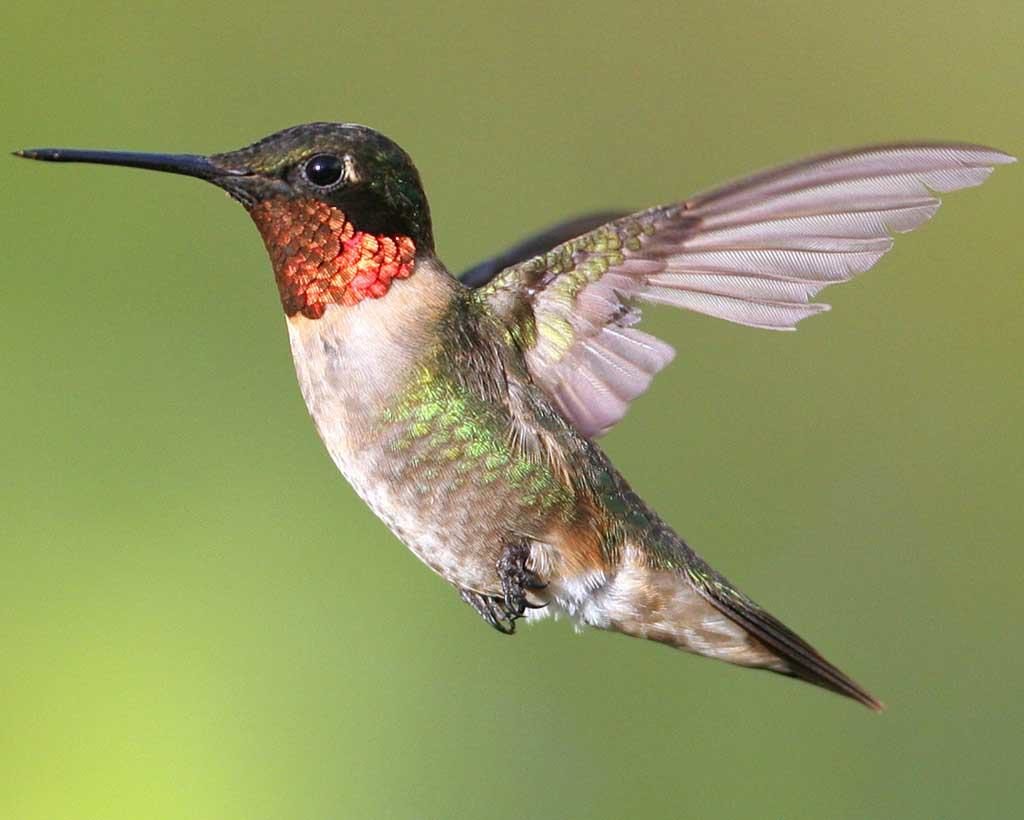Tamworth—June 11, 2019—It is always a joy in springtime when the hummingbirds return. Here, that is often attached to the blossoming of the flowering quince with its coral tinted blooms. The ruby throat is our regional species, and they like to identify and own flower beds that will continue blooming during their reproductive season.
Hummingbirds’ biology makes them particularly vulnerable to climate change. Weighing a little more than several dimes stacked together, a hummer is about as small as an animal can be and remain endothermic, which means warm-blooded in biologists’ terms. They have to remain capable of a stable body temperature independent of a surrounding environment. That small size also means having a limited tolerance for high-temperature extremes. During heat waves in the Southwest, they have been observed seeking shade rather than foraging for food.
Hummingbirds have one of the highest metabolic rates in the animal kingdom, with the fastest heartbeat of any bird species. That’s 500 a minute when resting, and up to 1,200 beats when in action. Such a high-octane lifestyle means hummers must consume as much as one-and-a-half times their body weight in nectar every day. No wonder they guard their individual flower patches so emphatically.

Author David Lazaroff states, “being a hummingbird is like driving a car with a one-gallon gas tank!” There is a constant need to refuel. And because of this demand, they cannot just fly to the next lunch stop like many birds do.
The need to refuel is particularly acute during these little birds’ long migratory journeys. Scientists now say climate change is threatening the availability of that fuel. An increasing number of weather extremes is tied to global warming, which includes droughts, sudden freezes, hail storms, and strong winds. These can kill or reduce the number of nectar-producing plants hummers need.
Rising temperatures can also prompt flowers to begin blooming before the small birds can arrive at their breeding territory or migratory stopover sites. Erratic spring weather can turn balmy to frosty in hours, as we New Englanders know. As the timing of flowering changes, it gets earlier over time and hummers have to navigate an extra couple of thousand miles to arrive before that resource has decreased. Successful breeding can be affected soon thereafter.
Dave Eastman also broadcasts “Country Ecology” four times weekly over WMWV 93.5 FM. As Vice President of the Lakes Region Chapter/ASNH, he welcomes you to monthly programs at the Loon Center in Moultonborough. He is available at: cebirdman@yahoo.com (or) www.countryecology.com for consultation.
